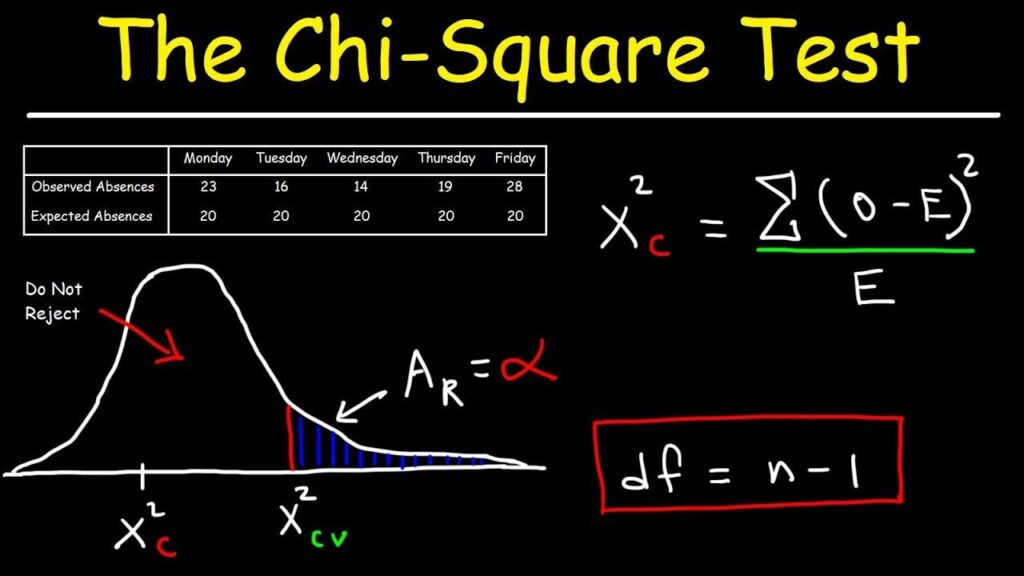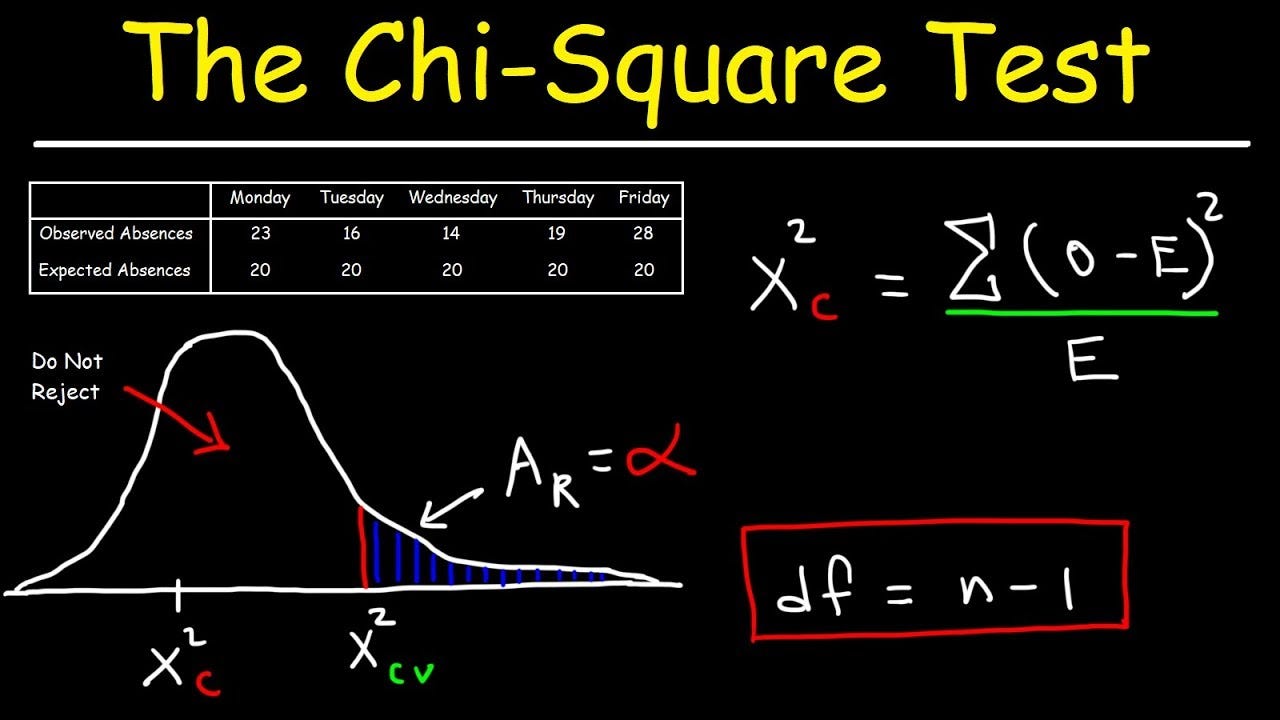
Unlocking the Mysteries: What is Chi Manipulation and Its Real-World Applications?
The concept of chi manipulation, also known as qi manipulation, energy manipulation, or vital energy cultivation, has captivated minds for centuries. Rooted deeply in ancient Eastern philosophies and practices, chi manipulation refers to the ability to consciously control and direct one’s internal energy, or ‘chi’ (also spelled ‘qi’). But what is chi manipulation really, and how does it translate into tangible effects? This article delves into the core principles, historical context, and potential applications of chi manipulation, separating fact from fiction and offering a balanced perspective.
Understanding the Essence of Chi
Before exploring chi manipulation, it’s crucial to understand the concept of chi itself. In Traditional Chinese Medicine (TCM) and other Eastern traditions like Qigong and Tai Chi, chi is considered the fundamental life force that animates all living beings. It flows through specific pathways in the body, known as meridians, nourishing organs, tissues, and vital functions. When chi is balanced and flowing smoothly, health and well-being flourish. Conversely, blockages or imbalances in chi flow can lead to illness and dis-ease.
The idea of chi is not unique to Chinese culture. Similar concepts exist in other traditions, such as ‘prana’ in Indian yoga and ‘ki’ in Japanese martial arts. While the terminology differs, the underlying principle remains the same: a vital energy that sustains life and can be cultivated and directed.
The Techniques of Chi Manipulation
Chi manipulation involves various techniques aimed at enhancing, balancing, and directing chi flow. These practices often require dedicated training and discipline. Some of the most common methods include:
- Qigong: A system of coordinated body-posture and movement, breathing, and meditation used for the purposes of health, spirituality, and martial arts training. Qigong exercises aim to cultivate and circulate chi throughout the body.
- Tai Chi: Often described as ‘meditation in motion,’ Tai Chi involves slow, flowing movements that promote chi circulation, balance, and coordination.
- Meditation: Various meditation techniques, such as mindfulness meditation and visualization, can be used to focus the mind and direct chi flow.
- Acupuncture and Acupressure: These TCM therapies involve stimulating specific points along the meridians to unblock chi flow and restore balance.
- Herbal Medicine: TCM utilizes various herbs believed to have specific energetic properties that can tonify chi, clear blockages, or balance yin and yang.
- Breathing Exercises (Pranayama): Conscious and controlled breathing techniques can significantly impact chi flow and overall energy levels.
Potential Benefits and Applications of Chi Manipulation
Proponents of chi manipulation claim a wide range of potential benefits, including:
- Improved Physical Health: Enhanced energy levels, reduced pain, improved circulation, and strengthened immune system.
- Mental and Emotional Well-being: Reduced stress, anxiety, and depression; improved focus, concentration, and emotional regulation.
- Increased Spiritual Awareness: Deeper connection to oneself and the universe, enhanced intuition, and a sense of inner peace.
- Enhanced Athletic Performance: Improved coordination, balance, and power.
- Pain Management: Techniques like acupuncture and acupressure are widely used for pain relief.
While anecdotal evidence and traditional practices support these claims, scientific research on chi manipulation is still ongoing. Some studies have shown promising results regarding the effectiveness of Qigong and Tai Chi for improving physical and mental health conditions, such as arthritis, fibromyalgia, and depression. However, more rigorous research is needed to fully understand the mechanisms of action and to establish the efficacy of chi manipulation for various applications. [See also: The Science Behind Energy Healing]
Separating Fact from Fiction: Addressing Misconceptions
The concept of chi manipulation is often shrouded in mystery and misconceptions. It’s important to distinguish between credible practices and exaggerated claims. While cultivating and directing internal energy is a real practice with potential benefits, it’s crucial to approach it with a healthy dose of skepticism and critical thinking.
Common misconceptions include:
- Superhuman Abilities: The idea that chi manipulation can grant individuals superhuman powers, such as telekinesis or energy blasts, is largely based on fictional portrayals in movies and video games. While practitioners may develop enhanced physical and mental capabilities, these are typically within the realm of human potential.
- Instant Results: Chi manipulation is not a quick fix. It requires consistent practice and dedication to cultivate and refine one’s energy. Results may vary depending on individual factors and the specific techniques used.
- Mystical Powers: While spirituality is often intertwined with chi manipulation practices, it’s important to avoid attributing mystical or supernatural powers to the process. The benefits are often related to physiological and psychological changes that occur through focused attention, breath control, and movement.
Finding Reputable Teachers and Resources
If you’re interested in exploring chi manipulation, it’s crucial to seek out qualified and reputable teachers. Look for instructors with extensive experience and a solid understanding of the underlying principles. Avoid individuals who make extravagant claims or promise unrealistic results. Consider researching different styles of Qigong, Tai Chi, or other energy cultivation practices to find one that resonates with you. [See also: Finding a Qualified Qigong Instructor]
Here are some resources to help you get started:
- The National Qigong Association: A professional organization dedicated to promoting the practice and understanding of Qigong.
- The Tai Chi Foundation: An organization dedicated to preserving and promoting the authentic teachings of Tai Chi Chuan.
- Academic Journals: Search for peer-reviewed articles on Qigong, Tai Chi, and related practices in reputable scientific journals.
The Future of Chi Manipulation: Integrating Tradition with Modern Science
As scientific research continues to explore the potential benefits of chi manipulation, we can expect to see a greater integration of traditional practices with modern medicine. This could lead to new and innovative approaches to healthcare that combine the wisdom of ancient traditions with the rigor of scientific inquiry. [See also: The Role of Traditional Medicine in Modern Healthcare]
In conclusion, chi manipulation represents a fascinating intersection of ancient wisdom and modern science. While it’s important to approach the topic with a critical and discerning mind, the potential benefits of cultivating and directing one’s internal energy are undeniable. Whether you’re seeking to improve your physical health, enhance your mental well-being, or deepen your spiritual connection, exploring the principles and practices of chi manipulation may offer a valuable path towards greater wholeness and vitality. Understanding what is chi manipulation allows for a more nuanced and informed approach to these practices.
Remember to always consult with a healthcare professional before starting any new exercise program or treatment modality. Chi manipulation should be considered a complementary therapy and not a replacement for conventional medical care.

